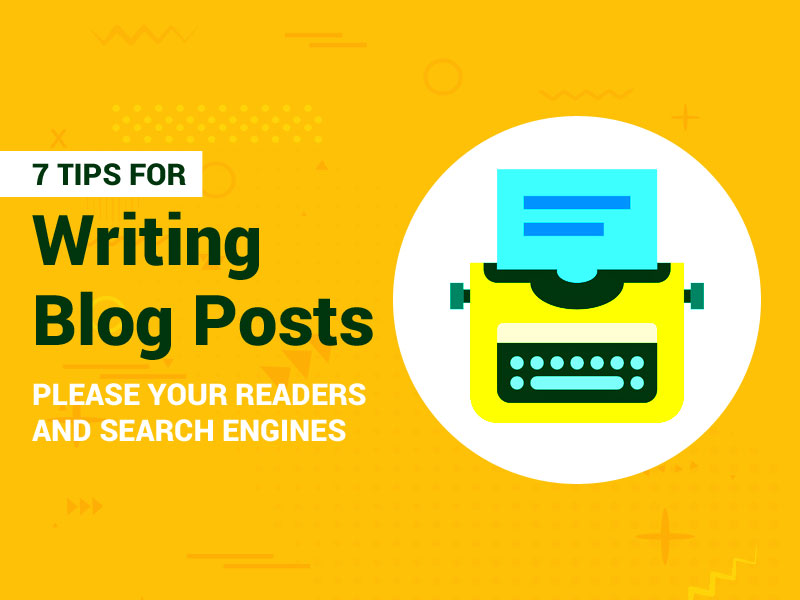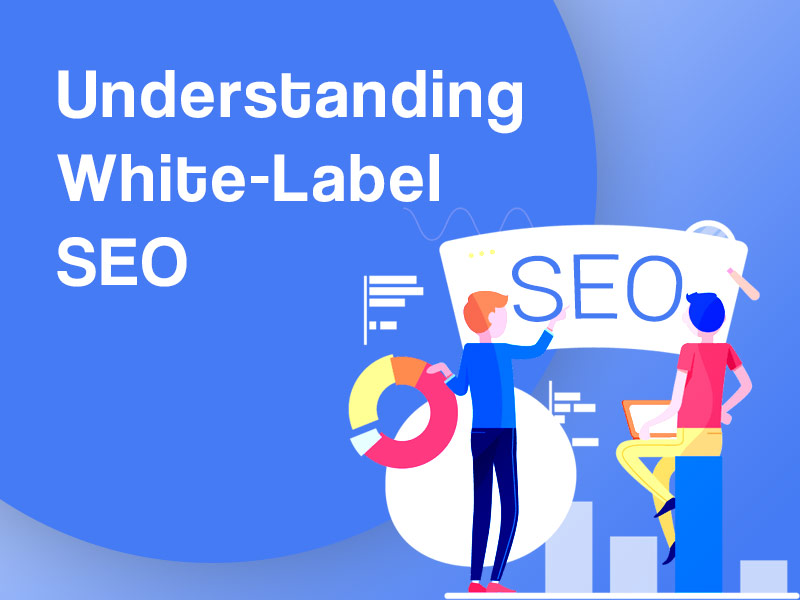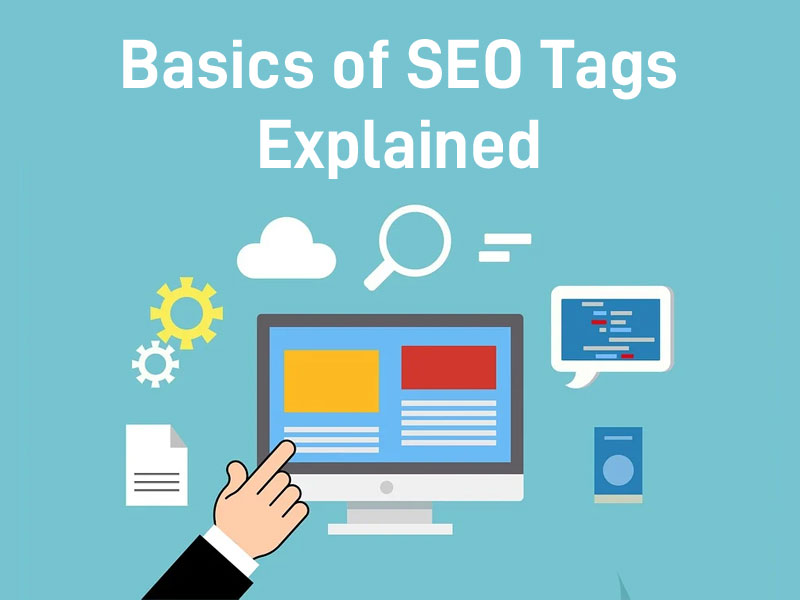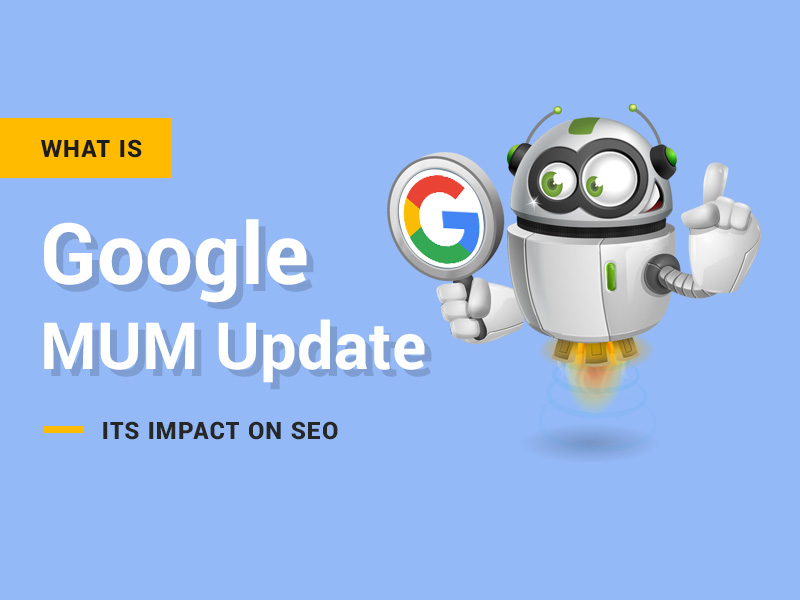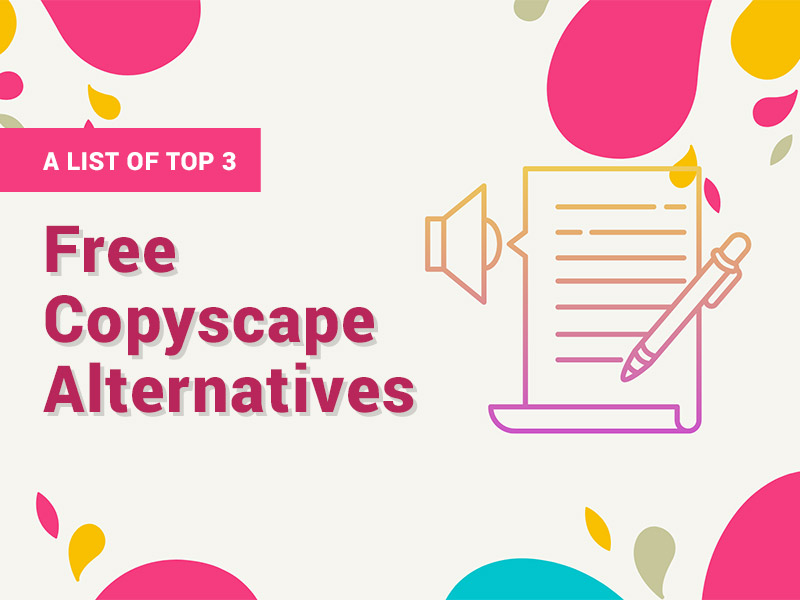People who are new to website content creation often find the process confusing and overwhelming. They want to write high-quality content for the website’s customers and readers. However, if they don’t follow the many rules that come along with search engine optimization, people may not find their website at all. Below are seven helpful tips for writing blog posts that will please both readers and search engines.
1: Use Headings
When crafting website content, use headings throughout the article or blog post. Google’s web crawlers use headings to understand the content on the site. Learn more at symmetricdesign.co.
What are headings? Headings are bolded text of different sizes used to section off content throughout an article. The overview should be H1. H2, H3, and H4 headings break down the subtopics in the article or blog post. Content writers should use a heading to summarize the content that the article or blog post will cover in that particular section of the blog post.
2: Write Amazing and Helpful Content
Tip number two is to create amazing content people can actually use. Many people are under the assumption that they need to create content for search engines. Don’t get stuck in the web of SEO creation. The content crafted is just as important, if not more important, than the tools and tricks used for search engine optimization.
3: Utilize Meta Descriptions
One area that many people are not optimizing is the area of meta descriptions. What are meta descriptions? Meta descriptions are brief summaries of a web page or blog post. These descriptions are normally one to three sentences in length.
Meta descriptions are found under the title of a webpage search result. Don’t skip the meta description as Google crawl used these to determine search rankings. These are also the little descriptions that people read to help them determine if they want to click and open a website. If there is no meta description or the meta description is not helpful, people will likely scroll to the next search result.
4: Use Alt Text With Each Image
Every website should use high-quality images that help enhance its site. Each image should have alt text. What is alt text? The alt text describes what is going on in the photo, which is helpful for those who are visually impaired. As a bonus, Google loves alt text.
5: Research Keywords
When crafting content for a website, understand the keywords that people will use to find the article. There are keyword research tools available online that can help people understand the keywords people use when searching for information. A great tip is to check out the keywords the competition is using and include those.
6: Do Not Overdo Keywords
Now that the keywords have been researched, only use the words that are the most relevant. Keywords should flow naturally through the article but not be stuffed in just for the sake of using them. Keep keyword use natural, and don’t keyword stuff.
7: Link Smartly To Sites of Authority
Linking to other websites is smart and a good practice that pleases search engines. When linking, use only reputable sites with good rankings. Avoid linking to spammy sites and sites that are not relevant to the content.
